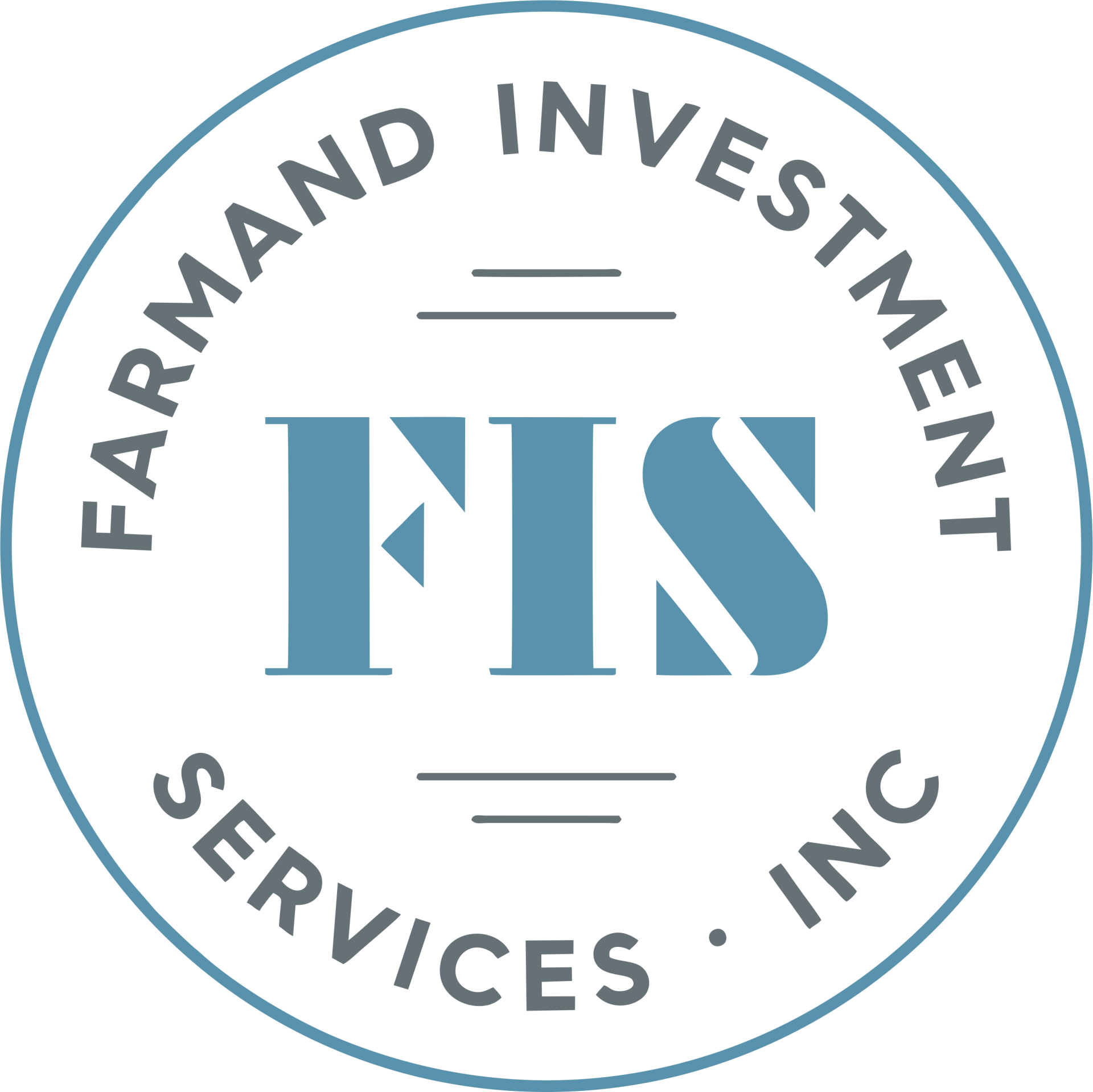Quarterly Investment Update - 1st Quarter 2022
Dear Clients and Friends,
Well, the first quarter was full of volatility and much uncertainty. Part of that uncertainty was lifted once the Federal Reserve Board Chairman, Jerome Powell announced the beginning of the interest rate cycle by increasing interest rates by .25% a couple of weeks ago. The voting members reduced their 2022 GDP growth guide from 4% to 2.8%, hiked their inflation guide from 2.6% to 4.3%, and raised the number of rate hike projections in 2022 from three to seven rate hikes.
After the cold winter months, April is often when the seasons change, and everyone’s mood improves as spring brings in warmer temperatures. It is a time of transition when everyone also looks to make a few changes at home, decluttering and deep cleaning. Wall Street is no different, especially after a very rough quarter in 2022.
While none of us has a crystal ball and can predict what will happen between Russia and Ukraine or where the market is headed next, there is one thing that we know for certain – Inflation will remain elevated for the foreseeable future. The latest Consumer Price Index (CPI) and Producer Price Index (PPI) revealed just how hideous inflation is right now. The CPI is now running at an annual pace of 7.9%. Wholesale inflation is even worse, with the PPI up 10% in the past twelve months. Even when you strip out the volatile and soaring food and energy prices, core CPI and core PPI were up 6.4% and 6.6% respectively, during the last twelve months.
The Federal Reserve is finally admitting that inflation is no longer “transitory” and started to take steps to combat it with its recent 0.25% key interest rate hike in March. However, many analysts feel that it is too little, too late. They are not entirely wrong, because even if the Fed would raise interest rates another six times this year, with a few half-percentage-point increases in the mix, key interest rates would still be well below inflation come year end. Plus, we suspect the Fed will be a little more hesitant on further interest rate increases this year. The yield differential between the two-year Treasury and the ten-year Treasury is now too close for comfort.
Right now, we have dramatically rising interest rates with a relatively flat or inverted yield curve. On top of that, we are experiencing hideous inflation that will persist for the foreseeable future, ongoing supply chain issues, a new round of COVID-19 lockdowns in China, and crude oil is still up significantly from last year. That does not even account for the ongoing effects of the conflict in Russia and Ukraine. Under no circumstances does the Fed want to invert the yield curve, as it would cause undue stress on the banks that it regulates.
So, what does an inverted yield curve mean and how does it affect our portfolios? Investors tend to get worried about yield curve inversions because it has served as a precursor for a recession in the past. However, it is important to note that yield curve inversions are infamously early in predicting recessions. That is, they tend to happen about twenty months before the stock market hits a peak. Also, during those twenty months, Wall Street tends to party like there is no tomorrow. A yield curve is the relationship between short-term and long-term interest rates of fixed-income securities, like bonds, from the U.S. Treasury. In a healthy bond market, long-term interest rates are higher than short-term rates. When the yield curve inverts, it means short-term interest rates have moved above long-term rates. This suggests that bond investors are worried about the economy’s long-term prospects. As investors, the best way to benefit from surging inflation is to continue to invest in stocks with pricing power in the current market, which is what we own in our portfolios.
During the quarter, we reduced our Equity portfolio’s cash position, which averaged between 15% and 20% over the course of last year but ended the quarter at less than 10%. We added several equity positions including Nio Inc. (NIO), Millicom Int’l Cell (TIGO), Madison Square Garden Co (MSGS), Renaissancere Holdings Ltd (RNR), Liberty Broadband Co (LBRDK), Fiserv Inc (FISV), Biogen (BIIB) and QuantumScape Corp (QS). As far as sales were concerned, we sold Comcast (CMCSA) for a nice gain as well as Erickson (ERIC) for a small loss. We also sold Lucid (LCID) in January but re-purchased it a month later. In the Fixed Income section of our portfolios, we sold our entire positions in Vanguard GNMA Fund.
As far as our investment strategy is concerned, we continue to maintain our standard two-pronged strategy, which is to maintain a substantial exposure to common stocks (and mutual funds) as long as there is reasonable prospect for double – digit returns. Furthermore, we will continue to take profits more frequently so that we could gradually increase our weighting in cash as well as the fixed income portion of our portfolios. During the quarter, we continued with our average asset allocation mix of 40%-50% Equity, 40%-50% Fixed Income and 0%-20% cash for most of the portfolios.
We want to thank all of you for giving our firm the opportunity to serve you. We thank you very much for the trust and confidence you have placed in our firm as it is always appreciated. Please contact us should you have any questions or comments. Also, we want to invite you to visit our website at www.farmandinvestments.com for a quick Retirement calculator, our latest firm news and Market Commentary Archives. We hope that you are keeping yourself and your loved ones and your community safe from COVID-19.
All Rights Reserved | Farmand Investment Services Inc | Powered by Aletheia Digital | Privacy Page

